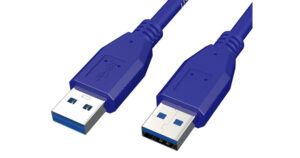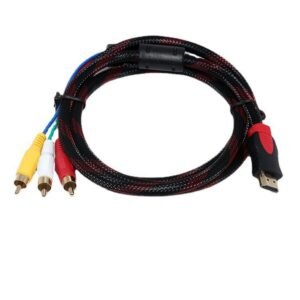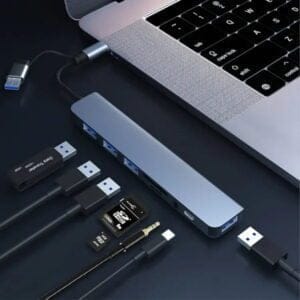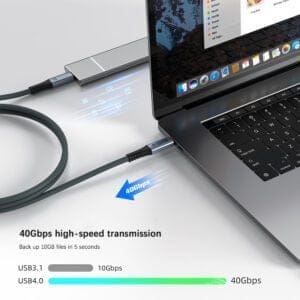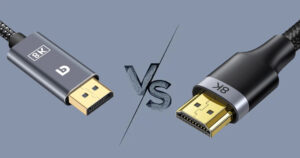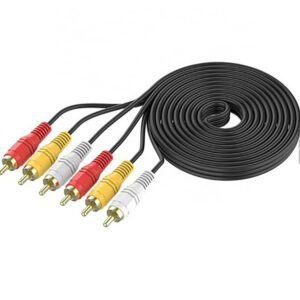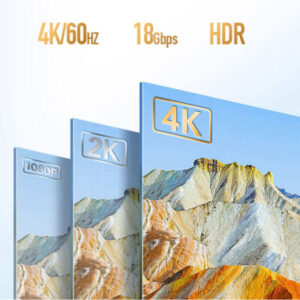
Quels sont les trois types de câbles HDMI ?
À l'ère du numérique, les câbles HDMI, qui permettent de connecter des appareils multimédias, sont largement utilisés dans divers scénarios. Pour de nombreuses personnes, comprendre les différents types et fonctions des câbles HDMI peut encore être déroutant. Découvrez les trois types de câbles HDMI pour vous aider à choisir celui qui répond le mieux à vos besoins. Pour plus de détails, veuillez consulter l'article suivant. Introduction Qu'est-ce qu'un câble HDMI ? Le câble HDMI (High-Definition Multimedia Interface) est un câble numérique utilisé pour transmettre des signaux audio et vidéo de haute qualité entre des appareils. La combinaison des signaux audio et vidéo dans un seul câble simplifie les connexions pour les appareils tels que les téléviseurs, les lecteurs Blu-ray, les consoles de jeux et les ordinateurs.

